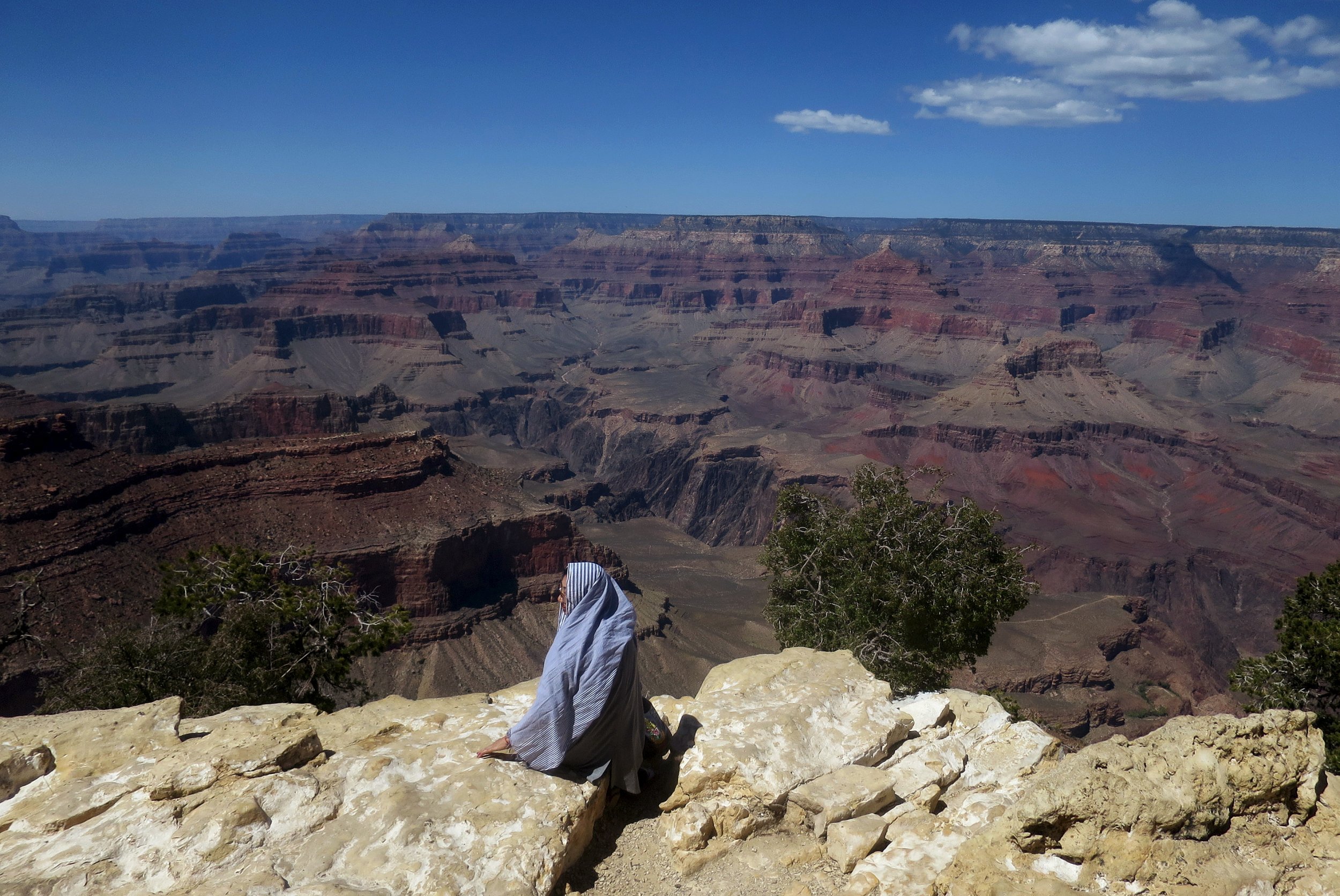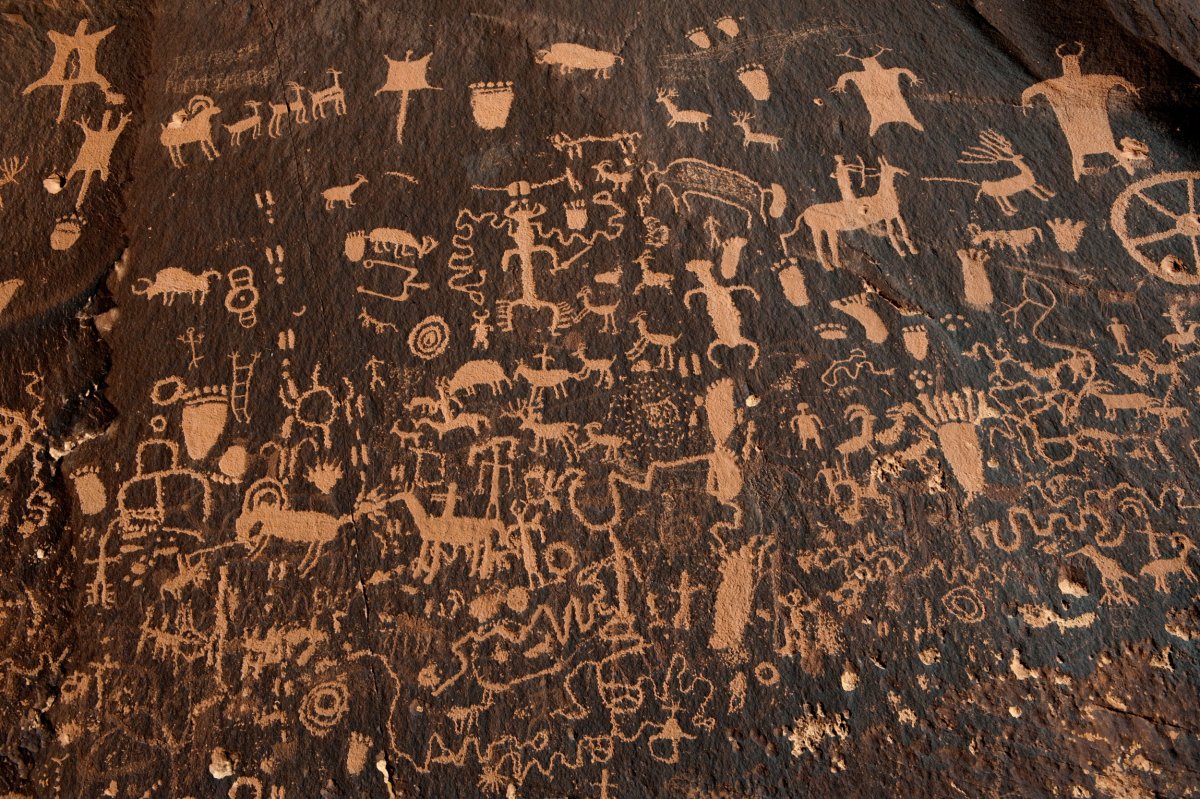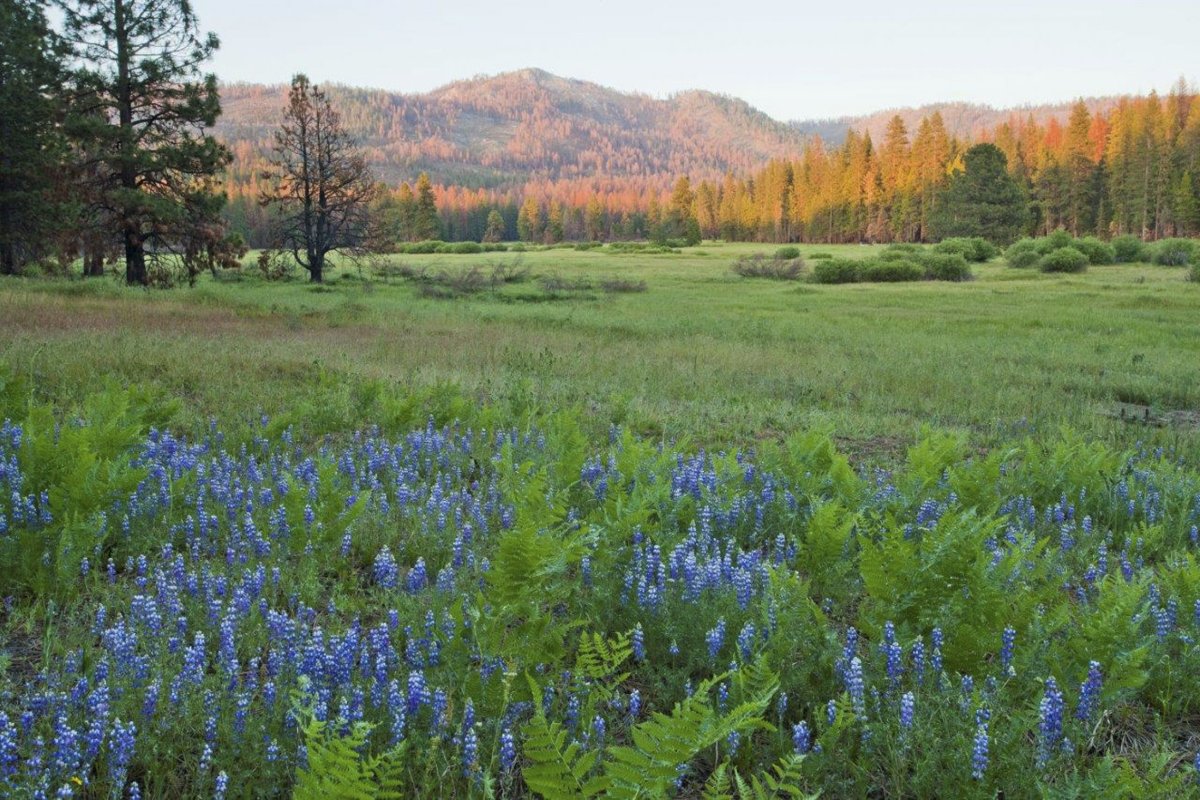
The Trump administration is trying to scrap a ban against uranium mining in the watershed near the country's most renowned natural wonder: the Grand Canyon.
The 20-year uranium mining ban—installed during the Obama administration in 2012—covers over one million acres of land near the Grand Canyon owned by the Forest Service. The proposal was released with a list of policy proposals that the Forest Service said are preventing the production of domestic energy, The Hill reported.
"The Forest Service should be advocating for a permanent mining ban, not for advancing private mining interests that threaten one of the natural wonders of the world," Amber Reimondo with the Grand Canyon Trust said in a statement. "The Grand Canyon and the people and communities that depend on it cannot be left to bear the risks of unfettered uranium mining, which is what will happen if the moratorium is removed."
The proposal, which was a response to an executive order Trump signed in March, "could re-open lands to mineral entry, and possibly exploration and development of uranium resources," Babete Anderson, a spokesperson for the service, said in an email to Newsweek. "There is no plan to do so at this time."
"The Executive Order requires the Forest Service to identify potential burdens to the development or use of commercial produced energy resources and then to examine these same potential burdens," said Anderson.

This isn't the first national park or monument threatened by the Trump administration.
In August, Interior Secretary Ryan Zinke sent an executive report about what national monuments to modify as a result of Trump's executive order to review the status of certain national monuments.
That report—obtained by the Washington Post after the White House refused to release the report publicly—found that Zinke planned to shrink the boundaries of at least four and modify six others. Those four include Oregon's Cascade-Siskiyou, Nevada's Gold Butte, Utah's Grand Staircase-Escalante and Bears Ears.
Zinke justified the move, stating that "No President should use the authority under the Antiquites Act to restrict public access, prevent hunting and fishing, burden private land, or eliminate traditional land uses, unless such action is needed to protect the object."
Traditional land uses could include grazing, mining, and timber production, according to the documents obtained by the Washington Post.
"The recommendations I sent to the president on national monuments will maintain federal ownership of all federal land and protect the land under federal environmental regulations, and also provide a much needed change for the local communities who border and rely on these lands for hunting and fishing, economic development, traditional uses, and recreation," Zinke said in an August statement.

The department's secretive handling of the national monuments review has pushed six environmental organizations, led by Earthjustice, to file a lawsuit against the Interior, the Bureau of Land Management, and the Council on Environmental Quality for failing to respond to requests for public records under the Freedom of Information Act.
"The Trump administration continues its onslaught against America's national monuments, hoping to cover up its misdeeds by blocking public access to information crucial to the protection of these iconic places," Yvonne Yuting Chi, an attorney for Earthjustice, said in a statement.
The Interior "has no new announcements on the monument review at this time," and pointed to the Department of Justice to answer questions in regards to the lawsuit filed this week, Interior spokeswoman Heather Swift said in an email to Newsweek on Friday.

In a kick of irony at the end of October, the National Park Service announced that entrance fees to 17 of the most popular national parks, one being Yosemite National Park, would be raised to $70 in order to fund infrastructure maintenance.
The Interior Department estimates that the extra revenue will add up to $70 million per year—a far cry from the $11 billion maintenance needs and less than a quarter of Trump's proposed $400 million budget cut to the national parks, as reported by the Desert Sun.
Uncommon Knowledge
Newsweek is committed to challenging conventional wisdom and finding connections in the search for common ground.
Newsweek is committed to challenging conventional wisdom and finding connections in the search for common ground.
About the writer
Sydney Pereira is a science writer, focusing on the environment and climate. You can reach her at s.pereira@newsweekgroup.com.
To read how Newsweek uses AI as a newsroom tool, Click here.








